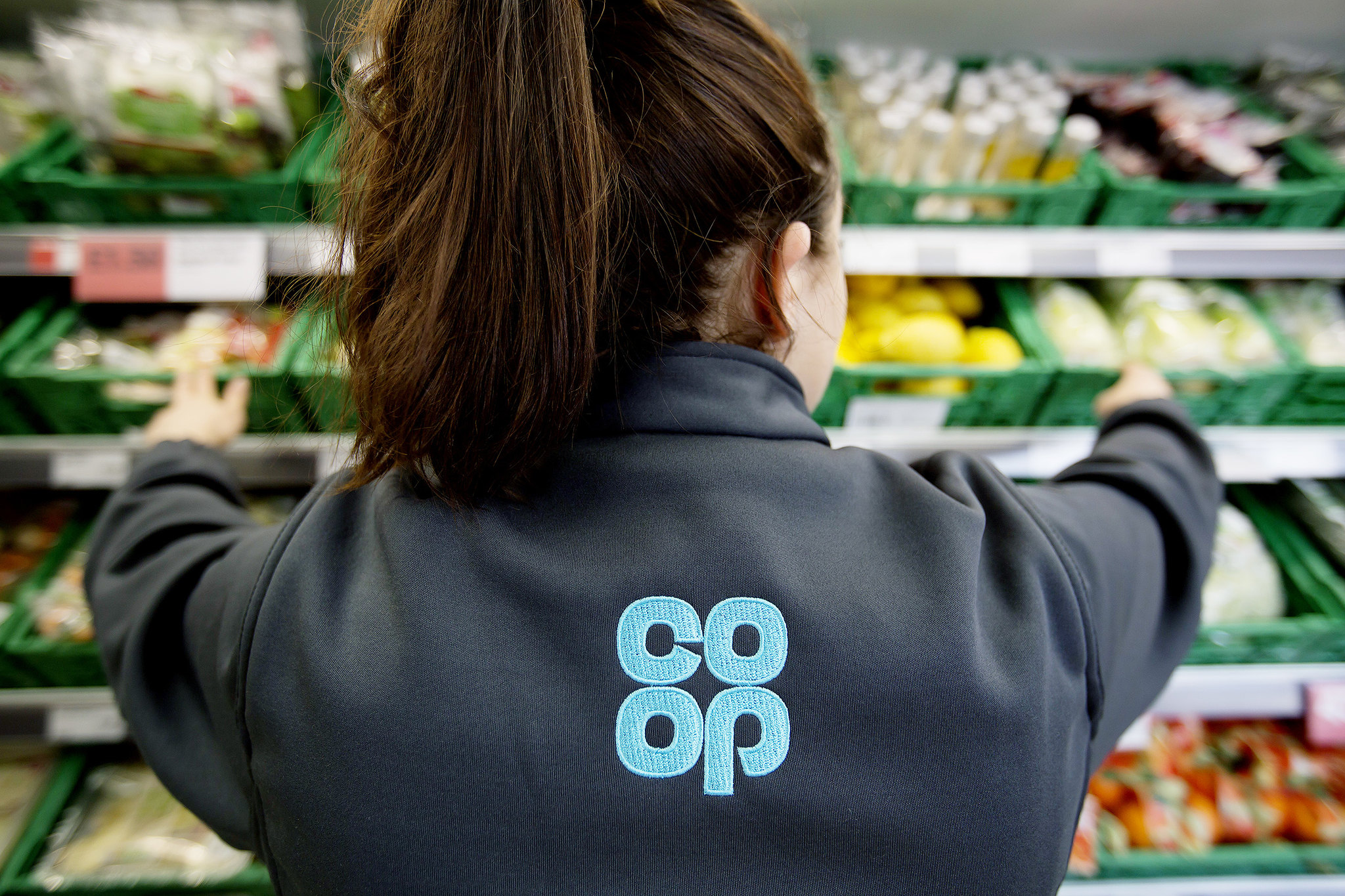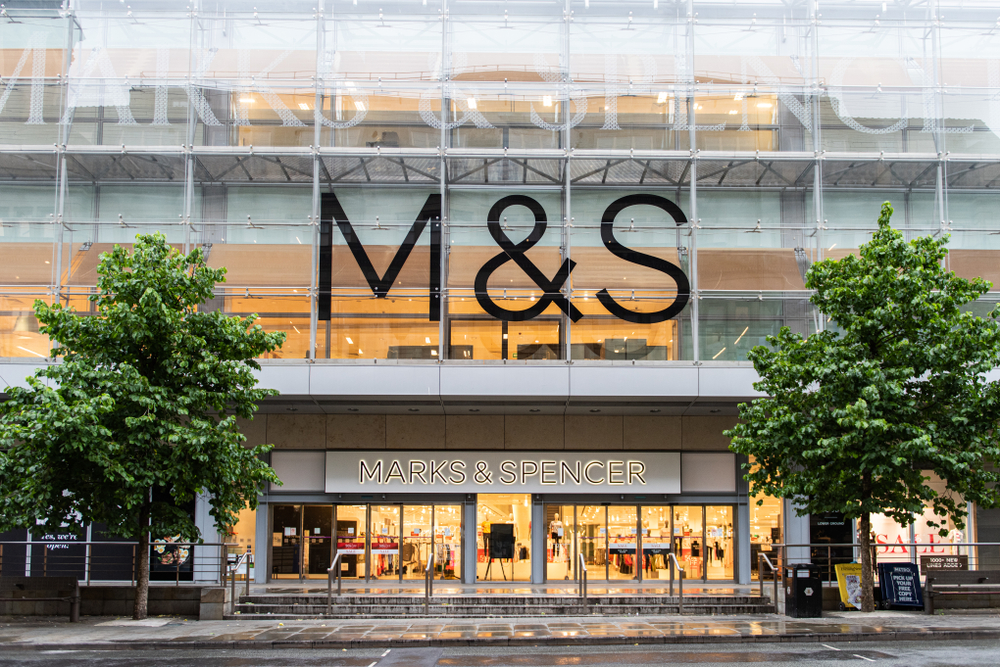During Retail MediaX, a brand new conference dedicated to Retail Media Networks, Dean Harris, head of retail media at Co-op, will talk through the challenges and opportunities of delivering effective retail media proposition for the UK’s leading grocery convenience retailer.
Ahead of the event on 11 June 2024, Harris sat down with Katie Searles to discuss how a retail media business can strengthen a core grocery business.
Q: What makes 2024 the right time to be talking about retail media?
There are a few changing dynamics in the industry. From a consumer point of view – the way we’re all watching, reading and consuming content has rapidly changed. There are dozens of social media platforms and media is more fragmented than it has ever been.
To achieve their objectives, advertisers need both broad reach for brand building and audience targeting for performance media. With this in mind, retailers, especially grocers, have a regular high footfall to enable reach and can provide rich data to support effective targeting.
The other development is the advancement of data and tech. Especially in grocery, there are better loyalty rewards, which has supercharged the uptake of loyalty programmes. This means retailers have even richer shopper data, and with the help of advanced data-media partners, they can unlock the targeting power of that data in advertising. Publishers, retailers and brands are also getting more experienced in how to effectively use data in their media plans.
Then there’s the CFO pressure on brands too, asking for greater confidence in the return of ad spend. Attribution is harder because everyone’s consuming content everywhere now. The clean-cut, linear, step-by-step purchasing funnel is a thing of fiction now.
Whereas with retail media, a brand can choose to only target shoppers that buy into their category or mission, then serve them with a brand advert and know if those shoppers went on to buy the product featured. That closed-loop measurement is a CFO’s dream.
Q: And what was Co-op’s motivation? What made you launch your own media network?
We’ve got similar motivations to other retailers in that we face the same low margin, slow growth problem as UK grocers. Whereas retail media represents a high margin, fast growth market, which grocers are well positioned to enter. Your retail media business can strengthen your core grocery business. You’ve then got a nice flywheel of commerce and media supporting each other in an upward spiral.
For grocers looking to diversify, retail media is a very attractive prospect. That’s often an elephant in the room for a lot of retail media networks (RMNs) because they don’t want to come across as profiteering. Whereas the nuance for Co-op is that we’re a member owned organisation. We have 5.3 million active member owners. and we exist to return value to them.
So, if we have an opportunity to help them discover relevant products through targeted advertising, and in doing so we also increase the value they experience through our consumer businesses, then that serves our co-operative business model, while offering our clients something truly unique.
Q: What is your strategy and your approach?
When we were thinking about our launch, we looked at the market and we looked at our attributes as a retailer. We were quickly able to see that the retail media industry in the UK (Amazon aside) is supermarket dominated. Brands then compare RMNs in similar ways because they are in the same sector. Primarily, who has the biggest market share and who has the biggest loyalty audience? And you end up with Tesco as your number one, Sainsbury’s as your number two, etc. In that group, Co-op is seventh in market share.
But in reality, the UK grocery market is made up of four segments; your online big shop; your offline big shop; your online convenience; and your offline convenience. Essentially, your vans, your trolleys, your mopeds and your baskets.
In the same way we don’t look at supermarkets as our rivals in grocery – Co-op is focused on the convenience sector – we won’t in media. Convenience shopping missions are very different to the ‘big shop’ missions and the store formats are different. We’re embedded in local communities, we’re in train stations, we’re in remote and rural areas, we’re on university campuses and we’re at the bottom of apartment blocks in town centres. Each of those stores are nuanced in format and offering, because of the local population and their specific needs.
In convenience, you don’t often have a shopping list. Trips can be unplanned, impromptu, and completed in a few minutes. You’re picking up a basket and walking down a few aisles instead of 20+. The aisles are all mixed category in convenience. Reach is strong, frequency is high and basket size is low.
By putting convenience as our point of difference, it creates a compelling differentiated model versus the market share view of the supermarket. Advertisers can cover the four ways they can be chosen, across the many missions driving those purchases.
But convenience’s unique advantages are only valuable to an advertiser at scale. Co-op’s market leader status in convenience makes us perfectly positioned to combine both the media benefits of convenience shopping with scale.
That’s why you don’t see an independent shop opening their own retail media network. They lack the scale. Co-op is seventh in market share, but second in transaction share. And number one in the ‘meal for tonight’ mission. Reframed under convenience, our scale is unrivalled.
So, convenience media is different, and with scale it can be powerful for advertisers. But you need to be able to effectively unlock that for brands. That’s where Co-op Media Network’s data and media toolkit comes in, as well as our deep understanding of the convenience shopper, and our knowledge of how those key convenience missions are shopped.
That’s our proposition; convenience, scale, and execution. Unlocking the power of convenience to grow our brand clients.
Q: Since launching your retail media network proposition in January, have there been any surprises? What lessons have you learnt that you would pass on?
The industry is moving so fast and there’s so much on everyone’s to do list. You rarely look backwards. So, it’s a great question.
When we were planning the launch, there were close to four other retail media networks that launched before us. There was a concern that we were too late to the party and the launch of another RMN wouldn’t grab any industry headlines. But we were pleasantly surprised with the positive coverage and reception. Our point of difference was recognised, which led to a greater level of exposure than we envisaged.
Another surprise came from the inbound interest from unexpected sources. We created launch plans with our existing brands in mind. The 500+ brands we work with every year. We wanted them to understand it first. However, we ended up receiving a lot of interest from new contacts such as media agencies and non-endemic brands.
The biggest lesson learned in the three to four months since launch is the amount of distractions there are, new vendors, new channels, new partnerships, improving data infrastructure, researching media innovation, engaging with prospective advertisers. The risk of being a ‘magpie to tinfoil’ is huge. You can easily get drawn to loads of new and shiny things. The advice I’d give to other newly established Retail Media Networks is that once you’ve nailed down your core proposition, focus on that relentlessly. Your proposition and strategy should dictate your decisions and how you prioritise your resources and energy. Not the latest headline or message in your LinkedIn inbox.
If you’re true to your proposition, your position and your strategy, it makes those decisions a lot easier. Saying no becomes easier. The risk of diluting your proposition is too great otherwise.
Q: What’s next? How do you see it evolving? How do you not get distracted by shiny things?
There are probably three things. One is our clear positioning and proposition. That’s got to come first. We need to keep sharing and championing the power of convenience. Not just connected to Co-op; I’d love to be able to speak to other convenience retailers in America and overseas, with us all championing the advertising benefits of convenience media in tandem.
Second, if we’re going to talk about convenience and unlocking the power of convenience, we must be able to walk the walk too. We need to make sure our media products align to convenience. So, an obvious thing for us will be digitising our physical estate. Cardboard and plastic aren’t the best way to capitalise on the spontaneity of convenience shopping. We want to remedy that as soon as possible.
Third is Membership. We’re laser-focused on putting membership at the heart of our entire Co-op business and we’ve re-evaluated why we exist. The simple answer is that we exist as a cooperative to serve value back to our member-owners.
We’ve had over a million new members in the last year, going from 4.3m to 5.3m, which is huge. We’ve also been investing in new propositions such as in-store member prices and gamification in our app.
That rich first party data and owned media engagement is rare in convenience. It’s challenging to get someone to join up and swipe their card when they’re buying a can of coke or a packet of gum versus pushing a trolley around for 30-40min. Membership will be a game changer for us in how we can leverage it to support our core media proposition and supercharge growth for brands.
Registration for Harris’ presentation and the event remains open.
Asos, Deliveroo, John Lewis Partnership, Superdrug and many more are speaking at this brand new event on 11 June 2024.
For more information about Retail MediaX, held at The Cavendish Conference Centre London, click here.
Stay informed
Our editor carefully curates a dedicated Retail Media newsletter on a bi-weekly basis, filled with up-to-date news, analysis and research, click here to subscribe to the FREE newsletter.










